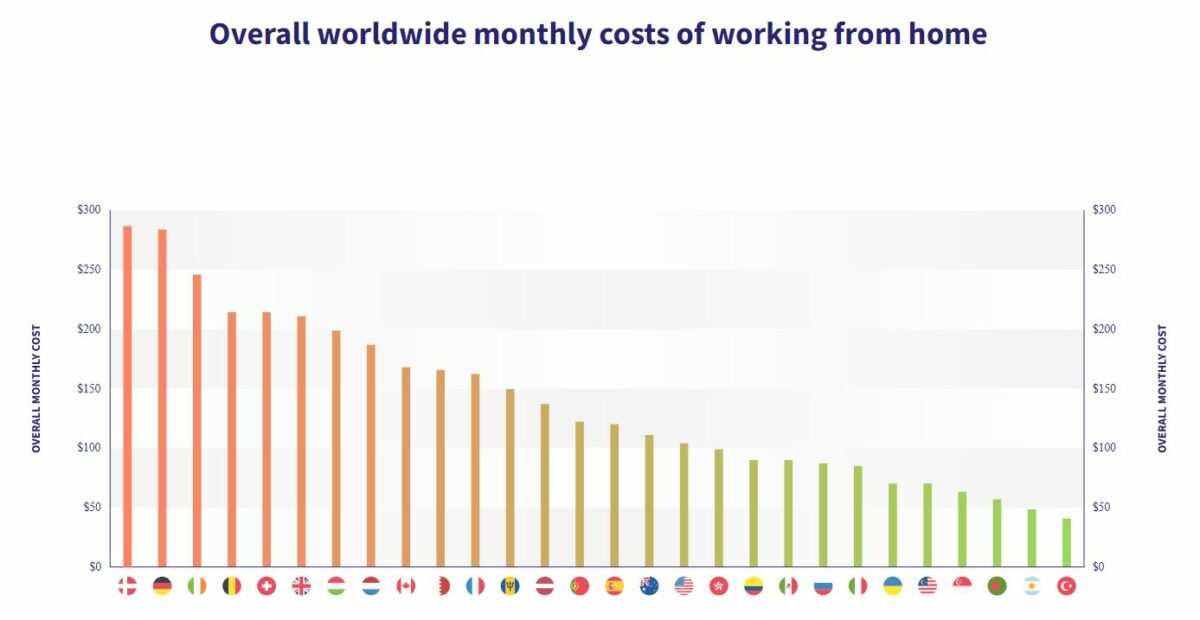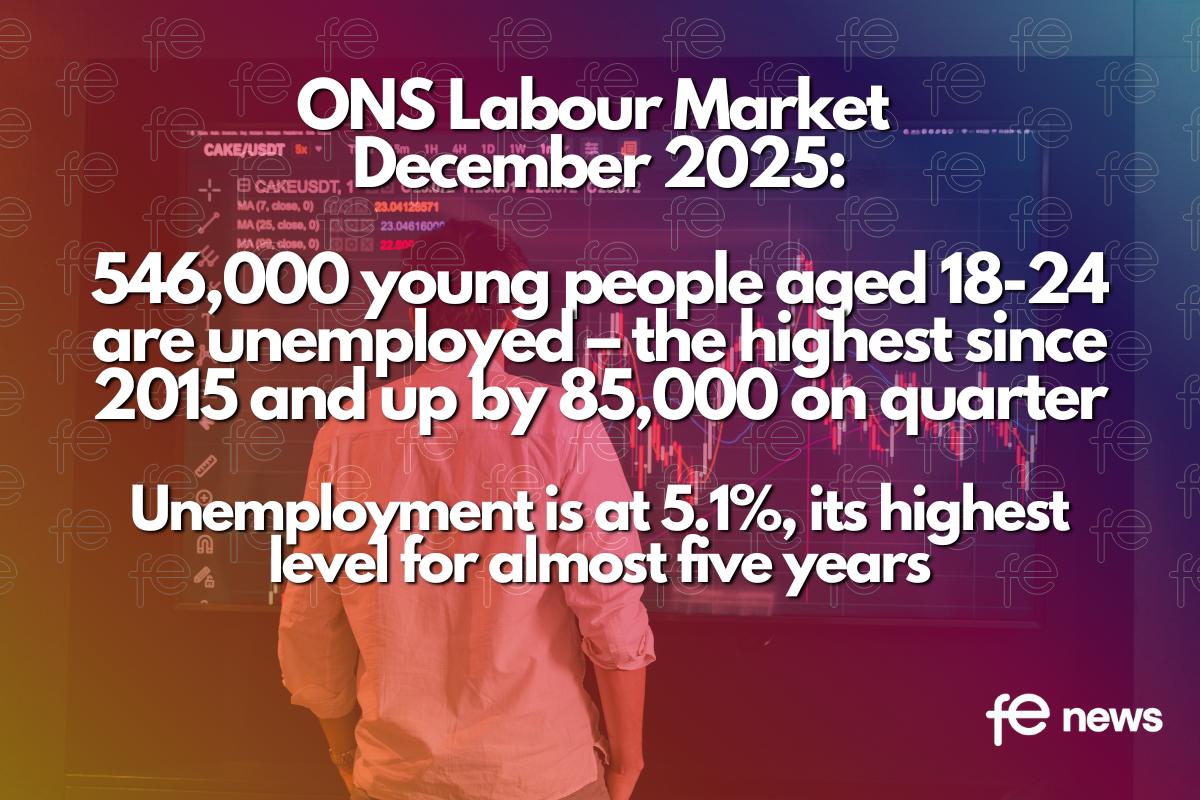Remote work trends in 2021

This year, many businesses have adapted to new ways of remote working, which they hadn’t even considered before.
Job van der Voort, CEO and co-founder of Remote, as a veteran in the world of remote work, has penned his thoughts on why this is set to not only continue but elevate even further in 2021.
Work from anywhere, don’t just work from home
Remote work has taken off in 2020 and, as longer-term strategies come into force, we’ll see more professionals choosing to work from anywhere, rather than simply working from home in 2021. And this is inclusive of everyone – not just digital nomads.
Remote work could involve professionals moving countries, moving back to hometowns, out of cities and into the countryside. In fact, recent research has revealed that 71% of UK tech employees would move to a different country and 8% would move to a different region if they were able to work remotely and retain the same job and remuneration.
As a result of this, it’s likely we’ll also see more remote businesses hiring overseas, enabling an even wider talent pool as geographical restrictions are removed.
Remote first vs remote-friendly cultures
Many businesses were caught off guard and forced to quickly adapt to remote work this year as a result of the Coronavirus. For many, this is a brand new way of working.
In 2021, businesses will need to clarify whether they’re remote first or remote-friendly.
In the short term, due to the pandemic, remote work has been an option for many in order to survive the pandemic, but it shouldn’t just be seen as a temporary fix. As a longer-term strategy, remote work can only be successful if everyone is remote, so if some employees choose to return to the office whilst others continue to work remotely, this will inevitably have implications on the efficiency of the business, productivity, and overall culture.
Remote first means providing all employees with all the necessary tools and equipment to do their job from wherever they want to work. Remote working must infiltrate team culture, perks, and benefits. In 2021, businesses need to decide whether they’re enabling a remote-first or a remote-friendly culture.
The standardisation of benefits in remote work
To attract and retain talent, employees expect perks and benefits. The same applies to remote teams – even though they may not be able to visit an on-site gym or take advantage of free Friday office breakfasts, benefits can be a great way of motivating teams and retaining them.
With more global workforces converting to a remote business model, either due to the pandemic or longer-term strategies, HR managers need to consider different teams who work in different countries with different cultures and expectations when it comes to benefits. This will become even more important in 2021 due to so many more businesses adopting remote models.
To create an appealing work culture for remote workers, businesses need to embrace benefits designed for a remote-first culture. Research from earlier this year revealed that almost half of organisations believe that positive workplace culture is essential to success. The perks can be home office stipends, flexi-time, asynchronous working, to name a few. Healthcare, home office allowance, and personal development plans/learning development allowances are the most sought after perks.
The debate around remote salaries
In 2020, we saw remote ways of working become the norm for many businesses. In 2021, the debate around remote salaries will become much more prevalent.
Remote workers are choosing to work from wherever they want. In some cases, this means moving to new towns, cities or even new countries.
How do businesses maintain consistent and fair salaries across the board when their employees are choosing to uproot and move to different parts of the world?
What’s more, hybrid work models will inevitably cause friction between those that are office based and receive certain salaries, benefits and perks, compared to those that choose to work remotely. This year, we’ve already seen some businesses (for example, VMware and Stripe) implementing pay cut policies for those employees who choose to work from locations that have a lower cost of living.
Next year, businesses will need to step up to address how the challenges around remote salaries are navigated, whether this is implementing flat rate salaries across the world, or choosing to offer salaries according to location.












Responses